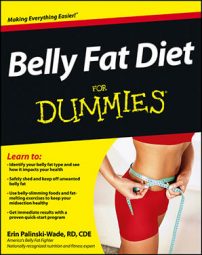You’re can take some main steps to help you can shrink your waistline and become a healthier version of yourself. If you embark on the Belly Fat Diet, or any healthy lifestyle change, keep the following lifestyle principles in mind.
Eat more to lose more.
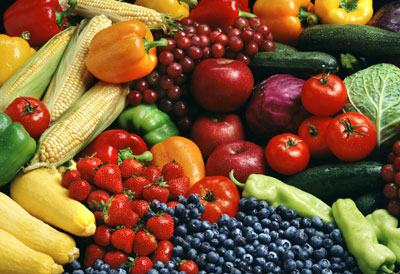
One of the main principles of the Belly Fat Diet is that you have to eat more. That’s right; you have to eat more to lose more weight! But you can’t just start eating more of all foods.
In fact, that type of uncontrolled eating would be a great way to end up gaining more weight and belly fat. Instead, you want to focus on eating more of the foods that help you get rid of belly fat.
For example, vegetables are an unlimited food. And you actually need to eat more of these to promote weight loss. Foods, such as vegetables, that are rich in nutrients, high in fiber, and low in calories, fill you up without filling you out. Because these foods keep you satisfied, they help control hunger and cravings, which can lead you to make poor food choices.
Properly time your meals.
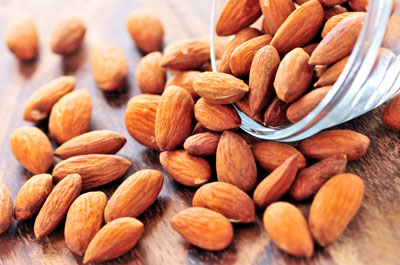
When you commit to the Belly Fat Diet, make sure to eat on a regular basis. If you wait too long in between meals or skip a meal or snack, you can sabotage your weight loss efforts. If you wait too long to eat, you may start to get too hungry.
And, of course, excessive hunger is what leads to strong food cravings — and usually for the wrong types of foods. Getting overly hungry also leads you to eating too quickly.
Excessive hunger can be avoided by eating on a regular basis. Not only do small, frequent meals and snacks control appetite, but they also help boost your metabolism (a great perk)!
Eating every few hours doesn’t have to entail elaborately prepared meals and snacks. It also doesn’t have to involve sitting down to long meals. A simple snack, such as grabbing a handful of almonds in between breakfast and lunch or munching a few raw vegetables in the afternoon, will suffice. The key is to simply prevent hunger from sneaking up on you.
Eat fat to fight fat.
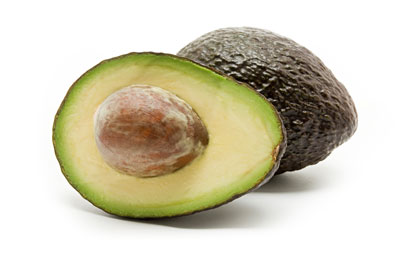
It takes fat to fight belly fat. Sounds like an oxymoron, doesn’t it? But it’s true. However, it’s only true if it’s the good fat. Both good fats and bad fats exist.
Good fats are those that protect your heart, decrease disease risk, and even promote loss of belly fat. The two best sources of fat are monounsaturated fats found in olive oil, nuts, seeds, and avocado and omega-3 fatty acids found in fish, walnuts, and flaxseed.
Go whole grain.
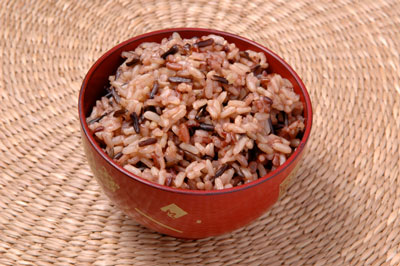
The Belly Fat Diet focuses on transitioning away from refined carbohydrates and consuming only whole-grain starches. Doing so is an essential step in flattening your belly, because refined carbohydrates spike blood sugar and insulin, leading to more and more storage of stubborn belly fat. In fact, research has shown that people who eat a diet rich in whole grains lose more abdominal fat.
So what is a whole grain? A whole grain is a grain that hasn’t been stripped of its outermost layer. This layer contains the highest amount of fiber and nutrients.
Because whole grains have a higher fiber content, they help you stay satisfied for a longer period of time than refined grains would. Staying full helps you to control your appetite and portions, thereby promoting further weight loss.
Limit your salt intake.
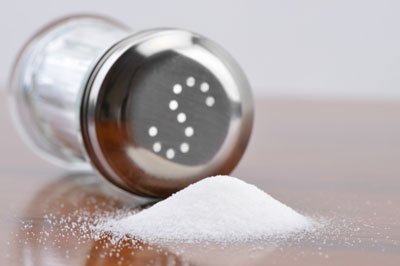
Salt doesn’t cause your body to gain fat, but it can still expand your belly. The major problem with sodium isn’t its calorie content but the fact that it causes water retention.
Your body contains many electrolytes, with one of the major ones being sodium. Electrolytes help control your body’s functions by carrying electrical impulses. The concentration of electrolytes must remain constant if your body is to function correctly.
So when your body has a high concentration of sodium due to an increased intake from the foods you eat, the kidneys retain more water in your bloodstream to help regulate your electrolyte levels. Water in the bloodstream moves into your skin through osmosis, giving you that puffy look and feeling.
If you’ve ever eaten a salty meal and had trouble removing your rings the next day, you’ve experienced this movement of water into your skin. Excessive fluid retention can also cause your stomach to look and feel bloated, making it difficult to have a flat belly.

